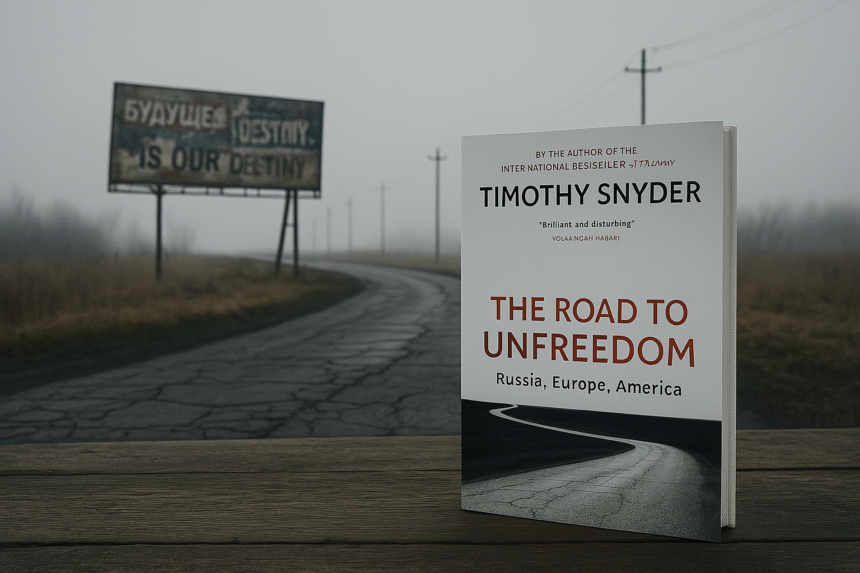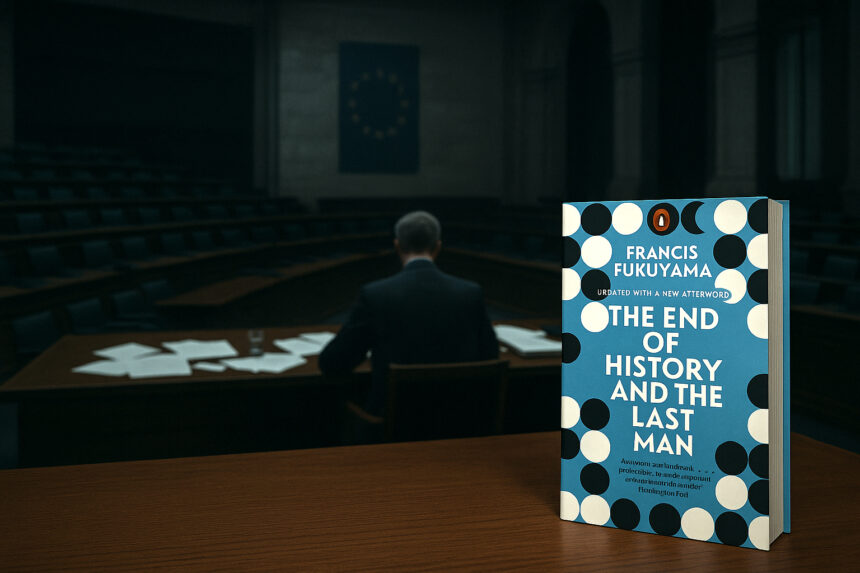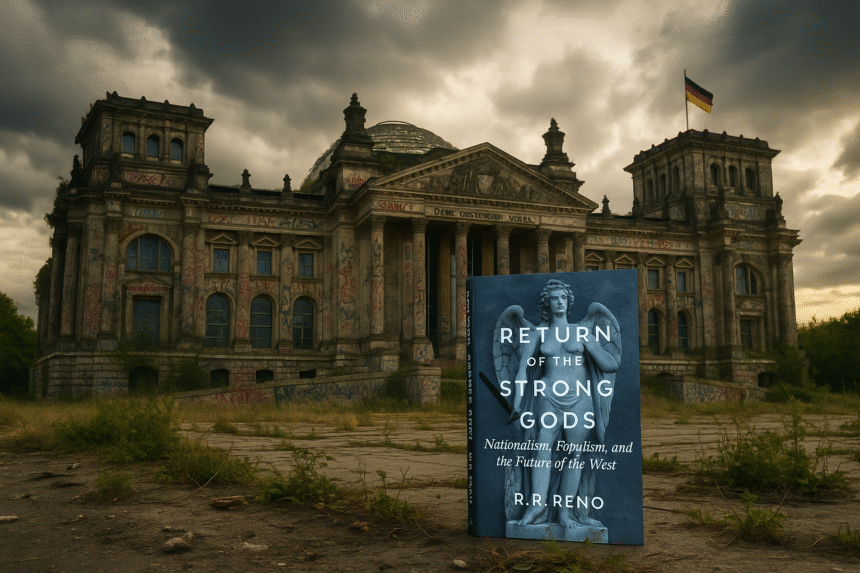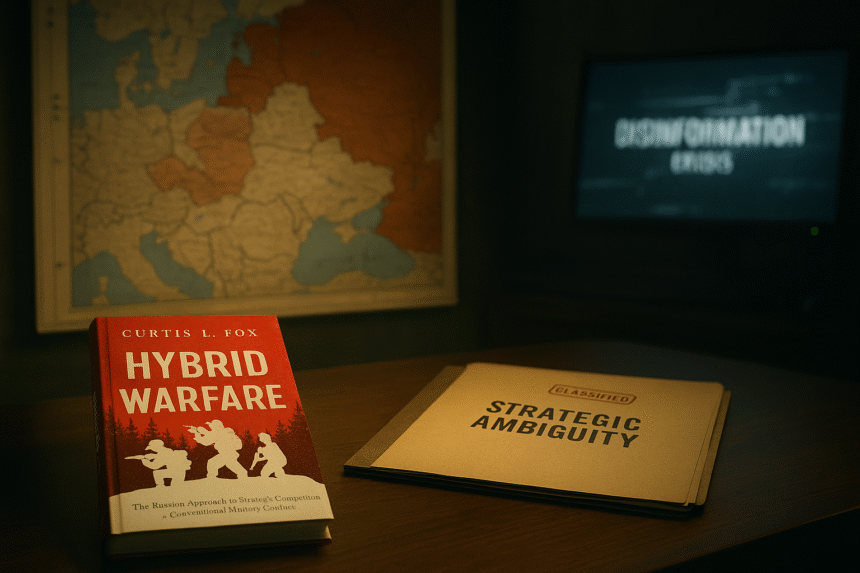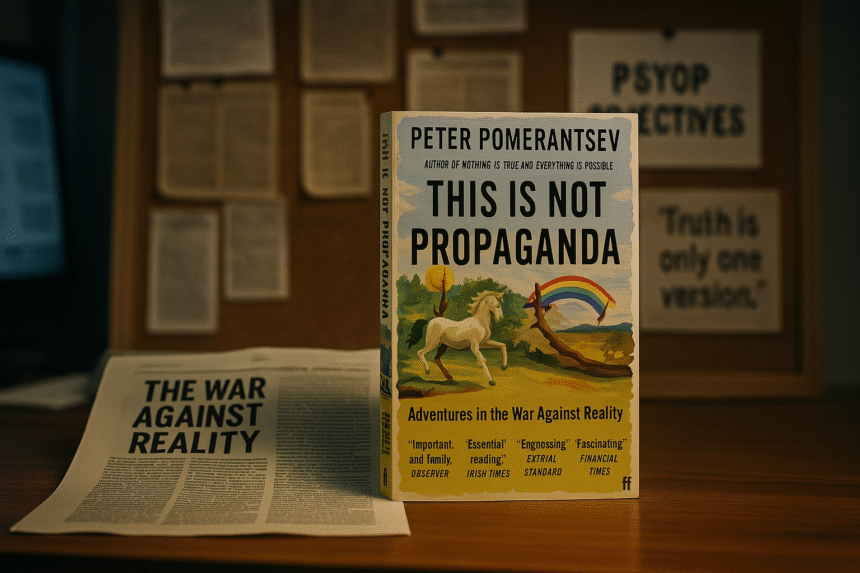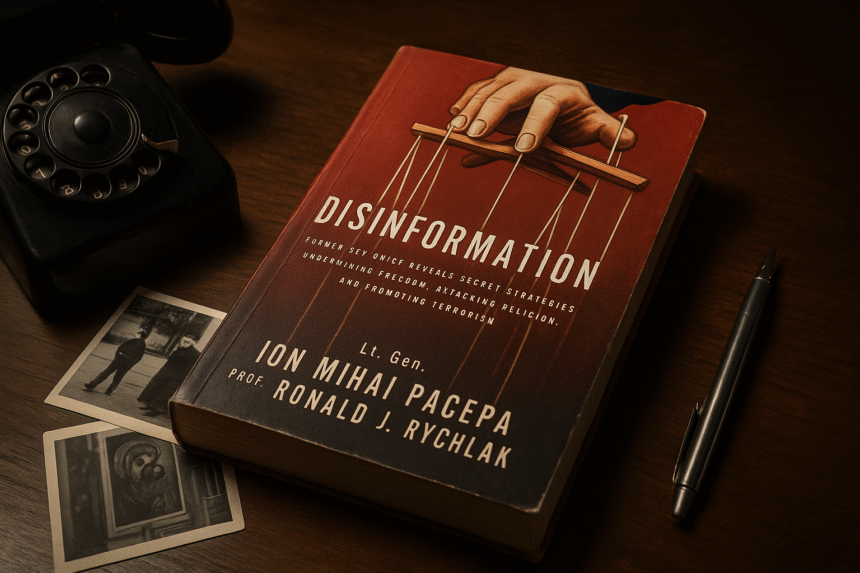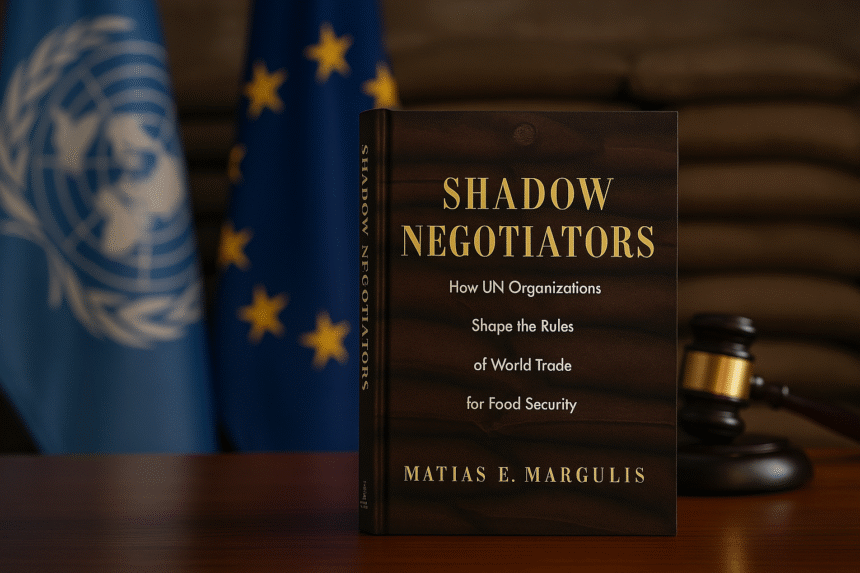The Time Machine Was Always Political
The most effective weapon in a hybrid war is not a drone, a rifle, or a meme. It is a calendar. The regime that captures chronology captures continuity — and with it, sovereignty. In The Road to Unfreedom, Timothy Snyder offers not just a history of Russia’s ideological resurgence, but a masterclass in how time itself became a battlefield. This is not a book about geopolitics. It is an intelligence dossier disguised as history, documenting the Kremlin’s campaign to dismember the West from the inside — by discrediting the future, mythologising the past, and ensuring no one can tell the difference between the two.
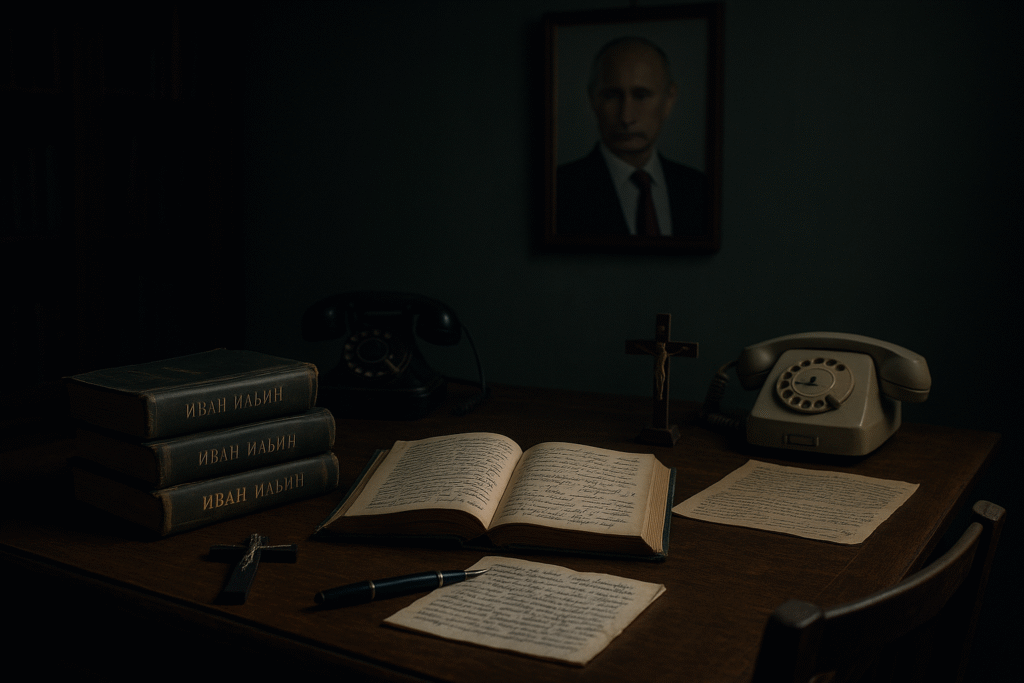
1. Russia’s‘ Chronopolitical Doctrine
Snyder’s forensic opening dismantles the notion that Russia’s post-Soviet collapse created a strategic vacuum. Instead, he shows how Russia’s elite reconstituted power by weaponising decline. Drawing from the obscure yet central influence of Ivan Ilyin, he documents how Russia adopted a new operating system: not modernisation but metaphysical restoration, not ideology but theology of statehood.
“Fascism was never discredited in Russia, because it was never discussed.” — Snyder, The Road to Unfreedom [1]
This fusion of fascist metaphysics with cyber-era capability is not anachronistic but strategic. As Snyder documents, Ilyin’s insistence that “facts” were irrelevant next to “spiritual truth” found resonance in a Kremlin that increasingly saw truth as an instrument, not a boundary condition. This is the epistemic heart of hybrid war: if truth can be nationalised, then memory becomes a weapon system.
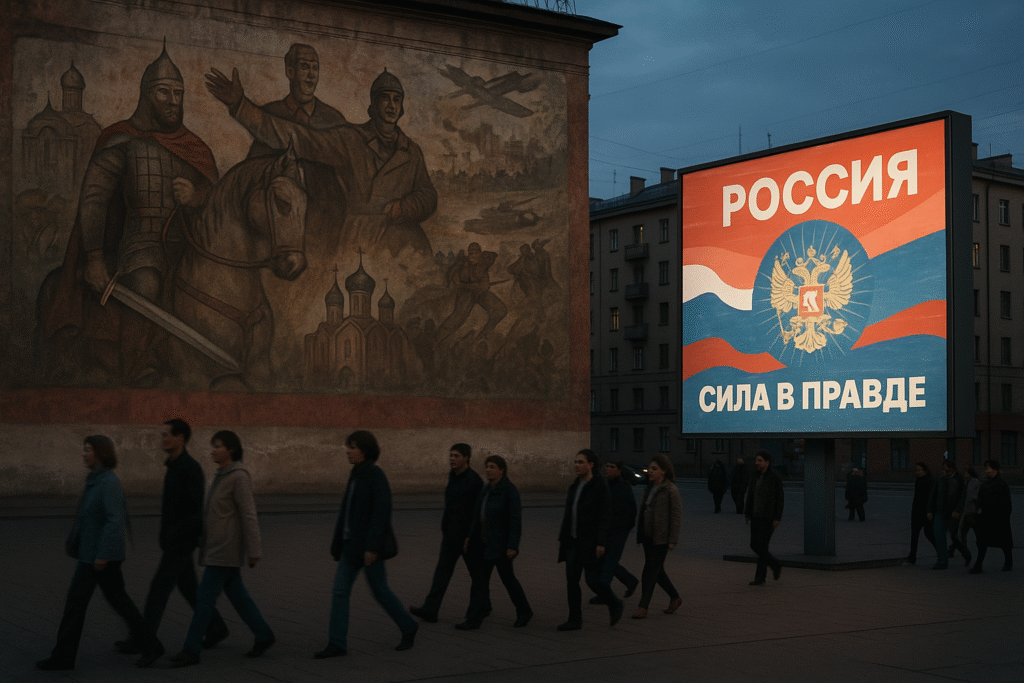
2. Eternity Politics: Narrative as Geopolitical Infrastructure
Snyder distinguishes between the politics of inevitability (Western neoliberal teleology) and the politics of eternity, Russia’s circular, mytho-historical logic. He argues that the West remained fixated on market determinism and post-history narratives, blinding it to the structural return of authoritarian temporal regimes.
The Kremlin’s deployment of eternity politics reframed history not as a progression but as a theological cycle of victimhood and resurrection. In this schema, Ukraine becomes not an independent nation but a narrative object—a Judas figure whose democratic aspirations must be punished for disrupting Russia’s sacred timeline. This explains the invasion not merely as imperial assertion but as symbolic counter-revolution.
In conjunction with Snyder, Frontline Europa’s “Temporal Warfare” dossier expands on how these narrative mechanics serve a warfighting function. Drawing from Baudrillard, we have shown how simulacra of sovereignty replace democratic substance, and Snyder adds the historical spine to this logic by tracing how Putin’s regime recodes political time to erase alternative futures [2].

3. Fictional Politics: From Ukraine to BrexiSnyder’s
Snyder’s case studies—from Crimea to Brexit—are not discrete events but phases of a single information campaign. Whether through the Internet Research Agency’s manipulation of racial discourse in the U.S. or the projection of Russkiy Mir in Donbas, the objective remains: replace deliberative politics with pre-rational spectacle.
Snyder’s strength is evidentiary. He does not speculate; he cites. Russian-backed social media operations during the U.S. elections, covert financing of European far-right parties, and data weaponisation (via Cambridge Analytica) are not rumours but documented operations [1].
“Post-truth is pre-fascism.” — Snyder, The Road to Unfreedom [1]
Through this lens, Brexit is not an anomaly but another theatre of managed disintegration. The hybrid objective is not conquest but collapse, not occupation but incoherence. The same logic applies to European institutional fatigue: dysfunction is not failure but designed erosion.
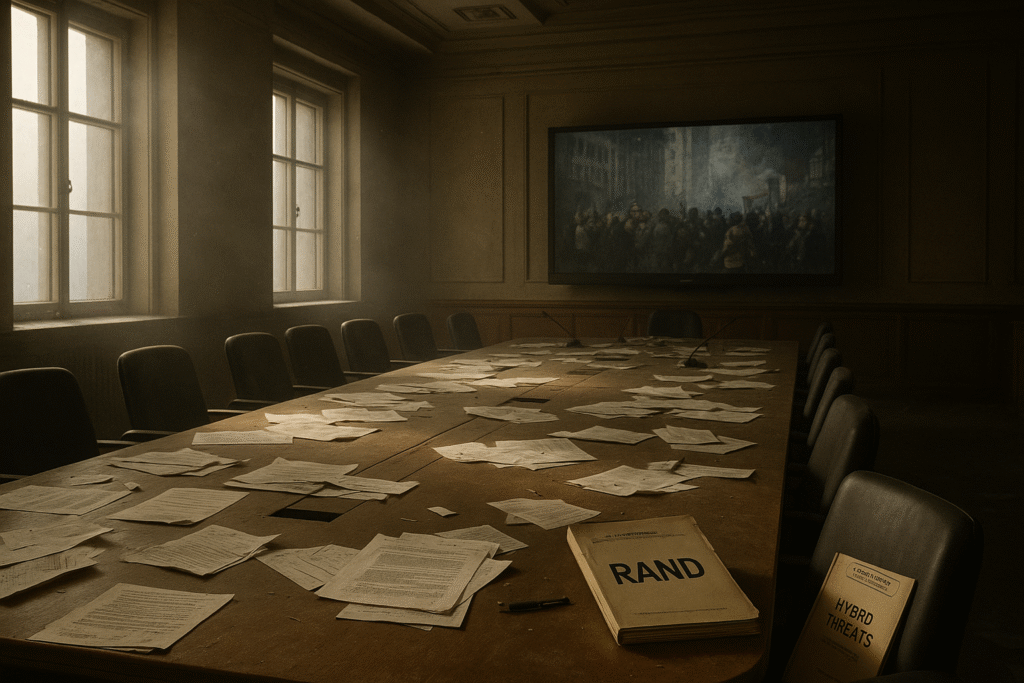
4. Disintegration as Strategy: The Collapse Operating Model
A recurring theme throughout the book is that Russian strategy thrives not by building, but by breaking. This aligns with the RAND Corporation’s recent report Thinking Through Protracted War with China (2025), which frames adversarial strategy as “denial through internal contradiction — a concept Snyder foreshadows by documenting how Russia fosters civilisational fatigue in the West [3].
Where RAND provides a structural model, Snyder gives the human mechanism: the elite theorist (Ilyin), the temporal operator (Putin), the media executor (Surkov), and the viral platform (social media). These are not analogues—they are layers of the same control system. Snyder’s account reveals how Russia perfected a doctrine not of governance but of ungovernability.
The Road to Unfreedom doctrine is transposable. As Frontline Europa has observed across migrant flows, institutional capture, and climate denialism, ungovernability is now a viral export. Snyder’s contribution is documenting its pilot phase and proving its coherence.

5. Institutional Blindness: Why the West Missed the War
Snyder’s indictment is not only of Russia but also of Western complacency. He argues that the politics of inevitability—the belief that liberal democracy would spread naturally—created strategic blindness. This was not naivety but epistemological failure: the West could not see hybrid war because it had no category for non-linear aggression.
His critique mirrors Pete Pomerantsev’s This is Not Propaganda [4], which also tracks how institutions built for consensus struggle to process strategic noise. Snyder and Pomerantsev together form a diagnostic toolkit: the former anatomises the doctrinal skeleton, the latter explores the behavioural shell.
What emerges is a West no longer under attack from outside but collapsing under the weight of its own temporal illusions. Snyder’s account helps us reframe current chaos not as dysfunction but as successful invisible operations—operations only intelligible if one reads them through the grammar of hybrid war.
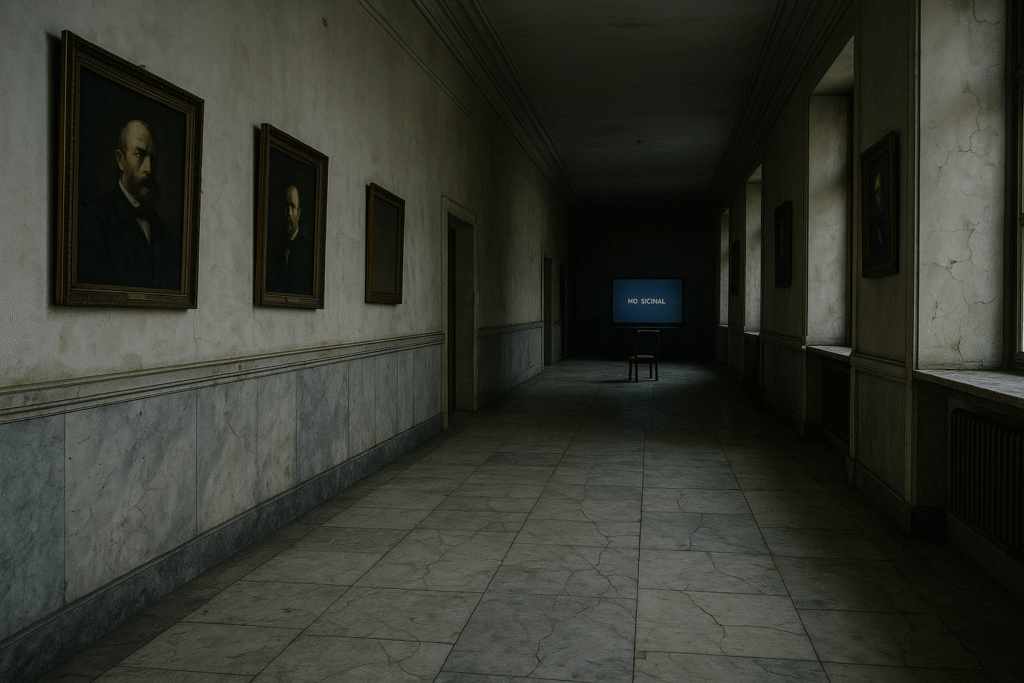
The Road Doesn’t End — It Fractures
The Road to Unfreedom is more than a historical account. It is a strategic decoder ring. Snyder strips away liberal illusions and reveals the true structure of 21st-century war: not kinetic but cognitive, not territorial but symbolic, not governed by sovereignty but by disintegrative authority.
His core lesson is clear: if Europe does not regain control of its memory systems, its political institutions will become zombies of foreign design. This book, like Frontline Europa, insists that narrative is not commentary. It is terrain.
👉 Secure a copy here: Purchase The Road to Unfreedom via our affiliate link
By using this link, you directly support Frontline Europa’s civilian intelligence journalism and the strategic documentation of Europe’s hybrid battlespace.
Support Civilian Intelligence Journalism
Frontline Europa exists to document the silent war already reshaping Europe — a war fought not with armies, but with narratives, calendars, and compromised institutions. We are an independent civilian intelligence platform, not beholden to states, donors, or editorial agendas. Every article we publish is built to endure legal scrutiny, resist censorship, and outlast propaganda cycles.
If you believe in strategic clarity, operational truth, and civilisational resilience — support our work. Fund our reporting. Share our articles. Help us build the infrastructure of resistance that legacy institutions have abandoned.
👉 Support the mission by joining us at Patreon
References
- Snyder, T. (2018). The Road to Unfreedom: Russia, Europe, America. Tim Duggan Books.
- Baudrillard, J. (1983). Simulacra and Simulation. Semiotext(e).
- RAND Corporation. (2025). Thinking Through Protracted War with China: Nine Scenarios. https://www.rand.org/pubs/research_reports/RRA2600-1.html
- Pomerantsev, P. (2019). This Is Not Propaganda: Adventures in the War Against Reality. Faber & Faber.
